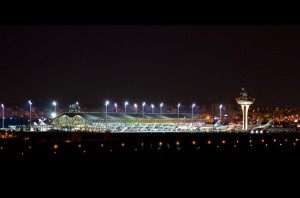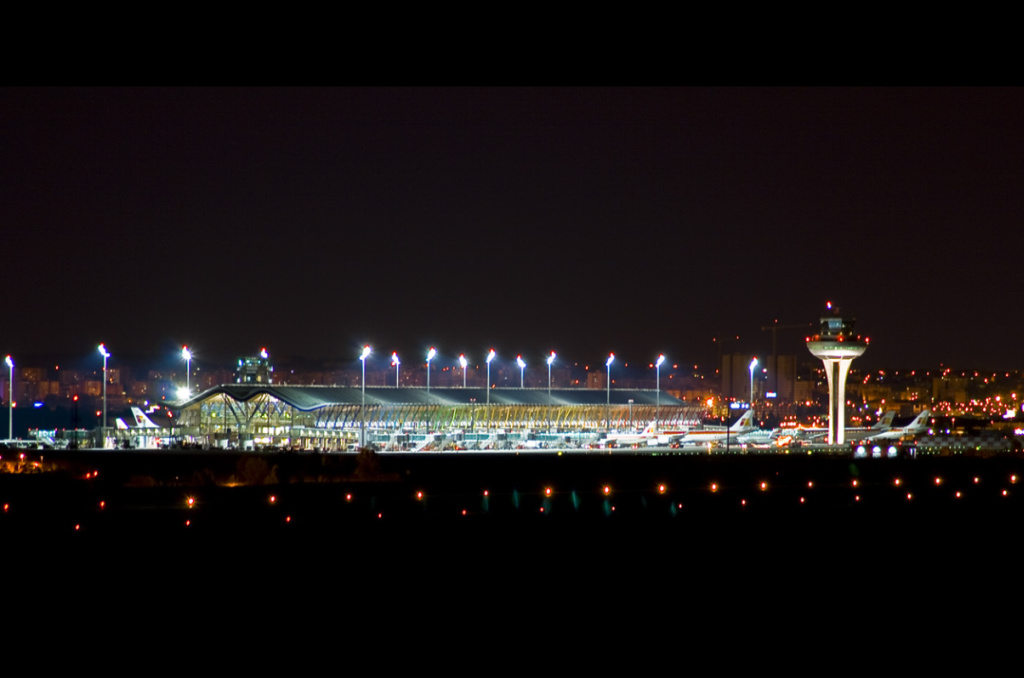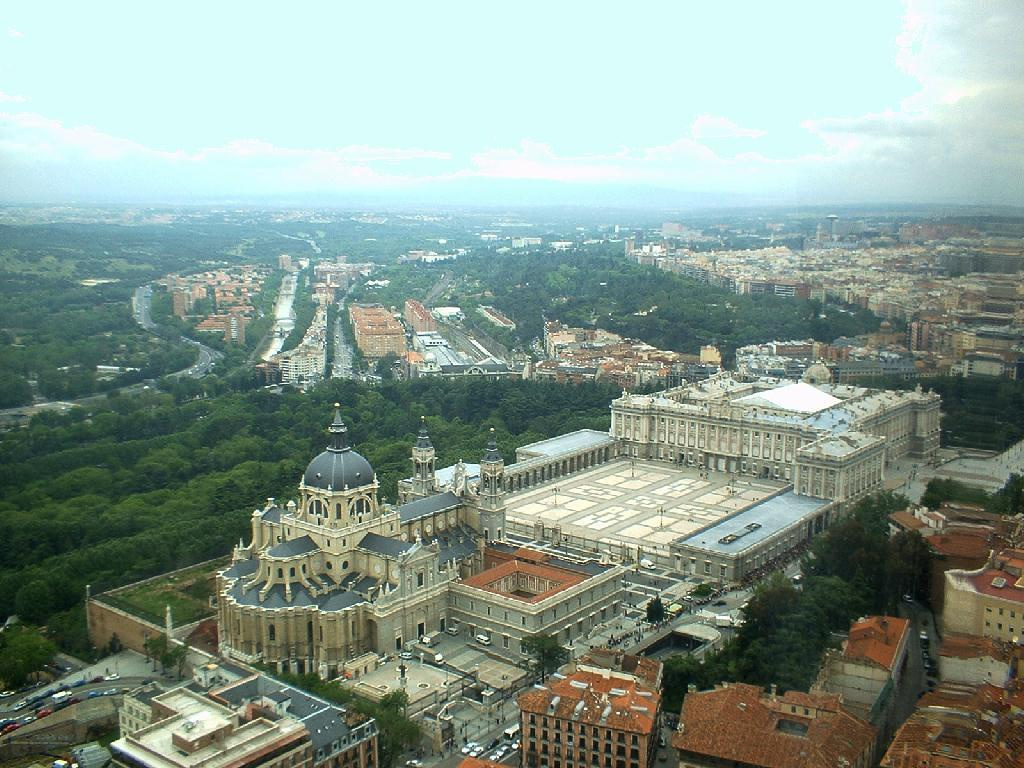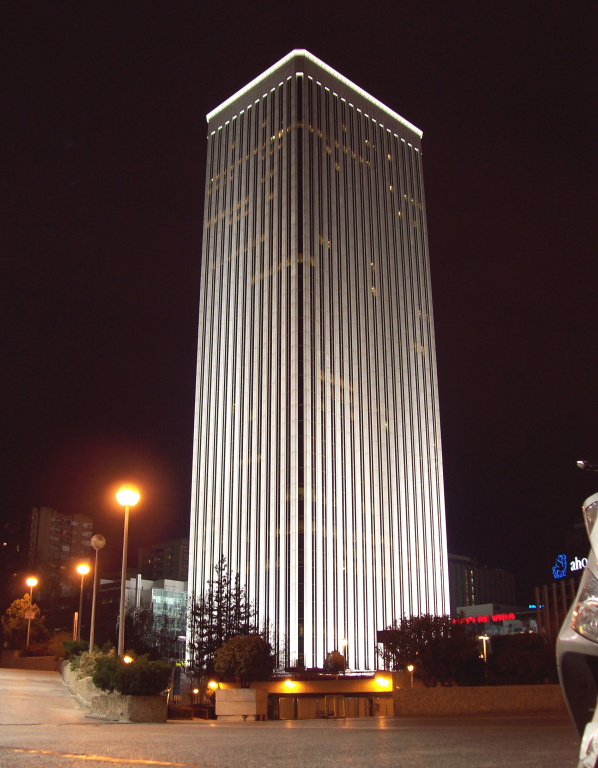 The city of Madrid is undoubtedly a major tourist destination that is at par with any European city or any city in the U.S. It’s a city that is beaming with vibrancy, tradition and artistry as evident in its individual districts blending together in a harmonious whole to form the cosmopolitan character of this Spanish capital.
The city of Madrid is undoubtedly a major tourist destination that is at par with any European city or any city in the U.S. It’s a city that is beaming with vibrancy, tradition and artistry as evident in its individual districts blending together in a harmonious whole to form the cosmopolitan character of this Spanish capital.
When embarking on a journey to this splendid city of Spain, it is crucial to know the modes of transport from your place of origin to the core of the city or wherever else in Madrid. Coming from any Western city or country, the most common modes of transport employed when visiting the city of Madrid include air transport, bus, train, or a private transport.
By Air
Tourists and travelers from around the world, particularly from the U.S., may arrive in Madrid via air transport. Each flight to Madrid disembarks at the Barajas International Airport which boasts of four terminals, namely T4, T3, T2 and T1. At the site of the airport, facilities provided include left-luggage administrative offices that are open 24 hours every day, at terminals T4, T2 and T1; lockers particularly designed to store big ticket items such as surf boards, bicycles and other large objects, which are freely accommodated for 15 days after which the belongings are moved to the airport warehouse with a charge; and public parking areas. Public parking areas include the short-stay vehicle parking located at T2; VIP car park for T3, T2 and T1; car parks P2, P1 and P4; a long-stay car park; and the VIP car park for T4.
By Train
Aside from traveling by air, visitors from abroad may arrive in Madrid via the state-run company known as RENFE trains, which are both reliable and comfortable. Trains that arrive from other parts of Spain and from abroad, which include the speedy AVE trains, turn up at the railroad station of Atocha. Other trains stop at both Chamartin and Atocha stations. Other stations for commuter trains include the Principe Pio station, Recoletos station and Nuevos Ministerios station.
By Bus
Being a part of cross-country-enabled Europe, the city of Madrid can also be visited through bus rides from any part of the Western world, which includes U.S. and European cities and countries. Generally, buses are the most inexpensive way to travel to and from Madrid or even Spain. Buses have the advantage of taking passengers to the remote villages and towns of Madrid. The “Estacion Sur de autobuses,” found in the southern portion of Madrid, is the chief bus joint for long distance and international trips; however, there are several bus companies that have their own stations or terminals. In addition, there are also some departures from Madrid’s so-called ‘intercambiadores’ or transport centers.
By Road
Another option for traveling to Madrid from the U.S. is through Madrid’s seven main highways namely, the A-1, A-6 and A-42, M-30, M-40, M-50 and R (or radial roads). Traveling by road means a longer travel time and it usually necessitates an updated and uncomplicated map to serve as guide into or out of the city of Madrid. Having a good map will save you half the time already than when you have none.



